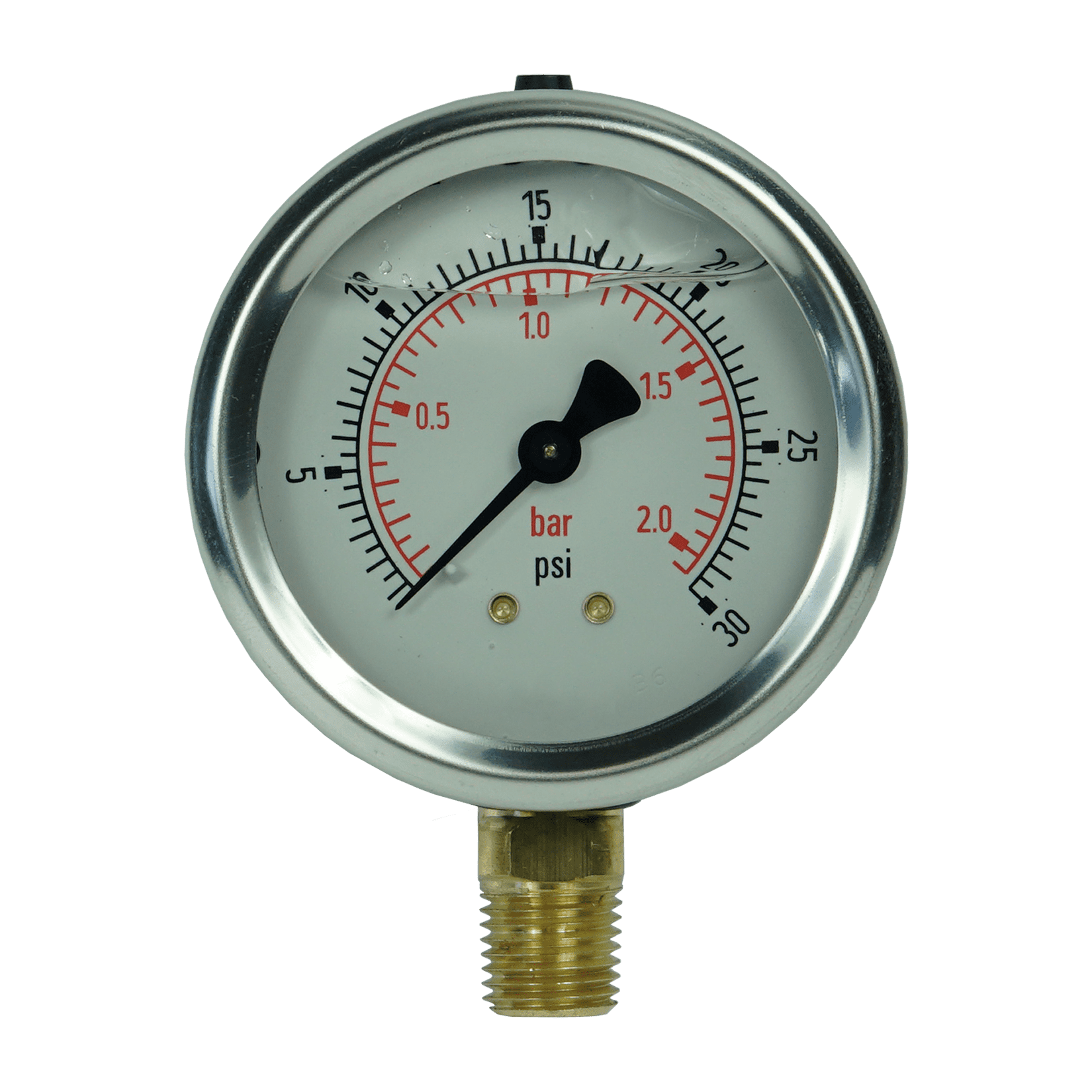

Gauge pressure is pressure relative to atmospheric pressure. PSIG Definition: PSIG stands for pounds per square inch gauge. PSIA Definition: PSIA stands for pounds per square inch absolute. Absolute pressure is pressure relative to zero or absolute vacuum. You may see PSIA used on engineering documents or P&IDs. In oil and gas operations, there are two other units of measurement you may come across that are more specific: PSIA and PSIG. Most household sporting goods, from basketballs to bicycle tires, use PSI as their air inflation measurement. This creates wear primarily in the center of the tread, with less wear at the tire's edges.PSI is the most commonly used unit of measure in the United States. Over inflation: Overly inflated tires are caused by having too much air pressure, this directly affects the tire's middle section, being the only point of contact to the road. This creates wear primarily on both edges of the tire tread, with less wear in the center. Under inflation: Under inflated tires are caused by having little air pressure, which affects the outer tread edges, making them the only contact the road. This creates evenly distributed wear for the entire tire, allowing a smoother and safer ride. Proper inflation: Properly inflated tires will have an equal distribution of tire tread contact with the road. So, let's say your manufacturer's recommend inflation level is 35 PSI, on one of those all-time hot August afternoons, your tire pressure could be somewhere near 40 PSI. The rule of thumb (best understood as our American counterparts put it) is that tire pressure will go up approximately one pound per square inch (PSI) for every 10 Fahrenheit increase in temperature. Just as cold outside air causes the air inside your tires to contract in winter, warm outside air causes the air inside your tires to expand. Without the valve cap, air pressure escapes out of your tire and you'll end up with a flat tire. The valve stem cap has a rubber seal designed to trap dirt and moisture away from the valve stem core that holds the air for your tires. DO NOT compare to the psi on your tire's sidewall or value. Compare the measured psi to the psi found on the sticker inside the driver's door of your vehicle or in owner's manual.Otherwise, this translates to air pressure escaping which could result in an inaccurate reading. Press the gauge against the tire nozzle.If its a stick gauge, you need to take the open end of the stick gauge first before you can attach it to the tire's valve. For dial gauge, attach the valve end of the over the valve press system.
Psi pressure how to#
As to how to connect the instrument to the tire may slightly vary depending on what type of gauge you are using. To do this you need to unscrew the valve stem or the black extension near the hubcap disk on the wheels. It only involves a few basic steps which consist of the following. Regardless of the types, using a tire pressure gauge is relatively easy. How To Check PSI AIR PRESSURE USING A PRESSURE GAUGE DEVICE ? While that is expected, the problem is when you set your vehicle's tire pressures in the heat of the day, their cold pressures will probably be 2 psi low the following morning. This means that after setting tire pressures first thing in the morning, the vehicle's tire pressures will be almost 2 psi higher when measured in the afternoon (if the vehicle was parked in the shade). The difference between cold nighttime temperatures and hot daytime temperatures in most parts of the country is about 10 C degree.

WHEN SHOULD YOU CHECK YOUR CAR TIRE PRESSURE ?


 0 kommentar(er)
0 kommentar(er)
